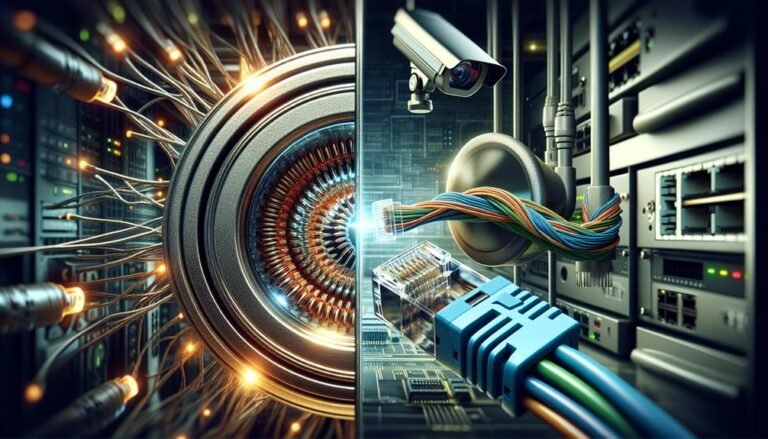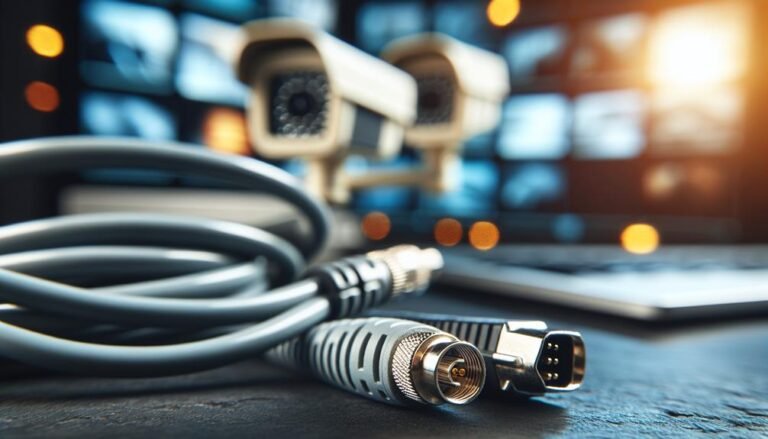Rg6 Vs Cat6: Which Choose for CCTV

Choosing the right cable for a CCTV system is crucial for ensuring reliable and high-quality video transmission. The type of cable used can significantly impact the performance, clarity, and distance over which the video signal can be transmitted. Several types of cables are commonly used in CCTV installations, each with its own advantages and applications.
Coaxial cables, particularly the RG59 type, have been traditionally used in analog CCTV systems. RG59 cables are favored for their ability to transmit video signals over moderate distances (up to about 750 feet) without significant loss of quality. They consist of a central conductor surrounded by an insulating layer, a metallic shield, and an outer insulating jacket, which helps protect the signal from electromagnetic interference. Coaxial cables are often paired with BNC connectors, which provide a secure and reliable connection.
For higher-quality and longer-distance video transmission, RG6 coaxial cables can be used. These cables have a thicker core and better shielding, allowing for transmission over greater distances (up to about 1,000 feet) with less signal degradation. However, they are bulkier and more challenging to install compared to RG59.
In modern CCTV systems, especially those that are IP-based, Ethernet cables (such as Cat5e and Cat6) are increasingly popular. These cables support the transmission of digital signals and are capable of carrying both video and power (using Power over Ethernet, or PoE) over a single cable. Cat5e cables can transmit data up to 100 meters (328 feet), while Cat6 cables offer better performance and can handle higher data rates and longer distances with reduced crosstalk and interference. The use of Ethernet cables simplifies installation and reduces the need for multiple cables, making them ideal for IP camera setups.
Another option for CCTV cabling is the use of fiber optic cables, which provide the highest quality and longest transmission distances, often exceeding several kilometers. Fiber optic cables are immune to electromagnetic interference and can transmit high-definition video signals over vast distances without any loss of quality. They are, however, more expensive and require specialized equipment and expertise to install.
In addition to choosing the right type of cable, it is essential to consider the quality of the cables and connectors used. Poor-quality cables can lead to signal loss, interference, and reduced image quality. Proper installation practices, such as avoiding sharp bends and securing cables to prevent physical damage, are also critical for maintaining the integrity of the video signal.
In conclusion, selecting the appropriate cable for a CCTV system is essential for achieving optimal performance and reliability. Whether using coaxial, Ethernet, or fiber optic cables, each type offers specific benefits and considerations. Understanding the requirements of the CCTV installation, such as distance, video quality, and installation environment, will help in making the right choice for effective surveillance.

